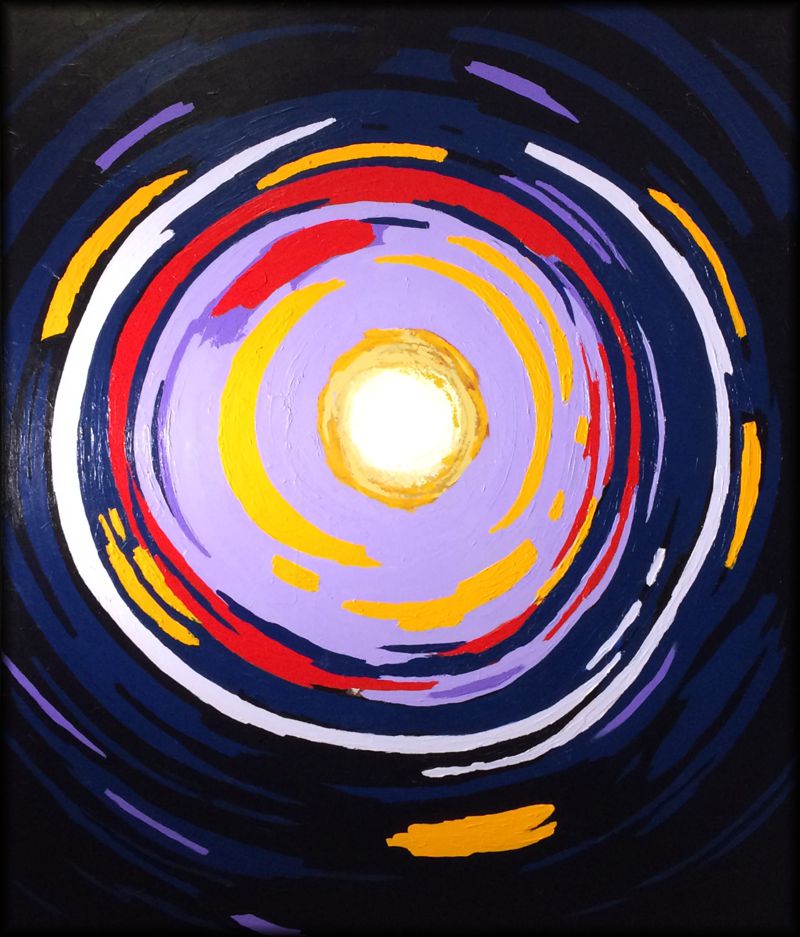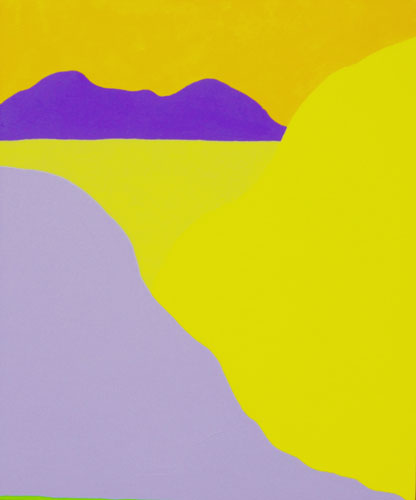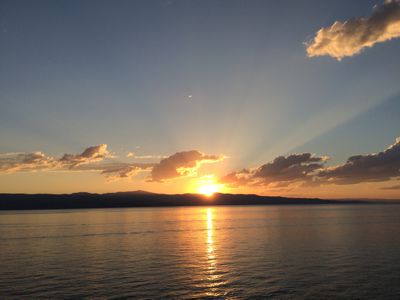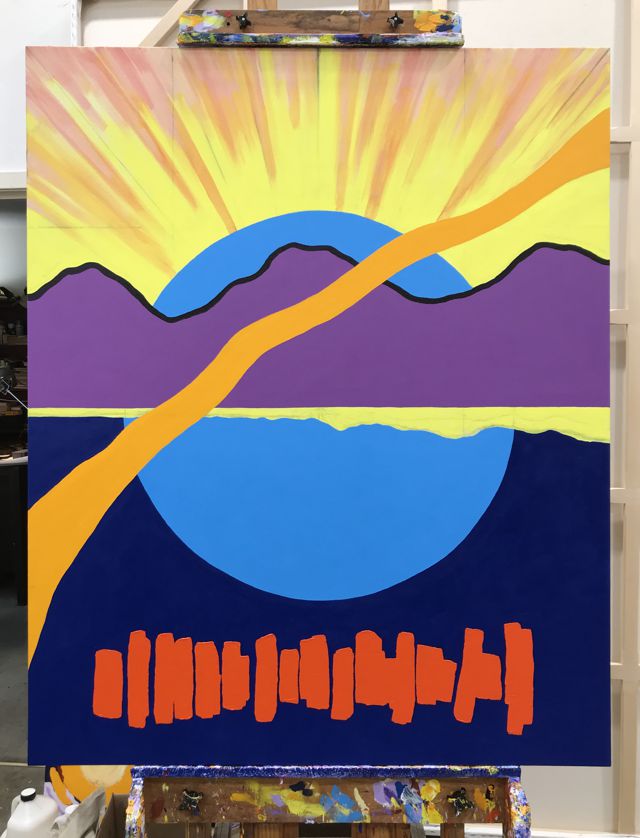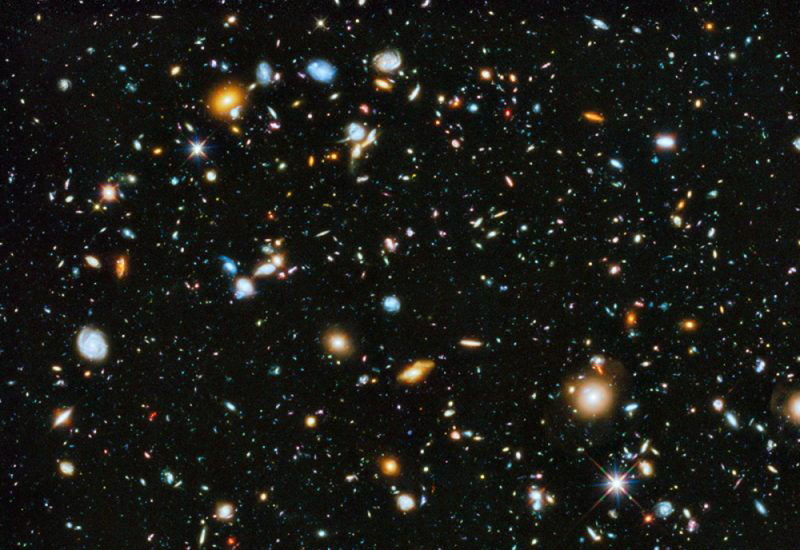Sensory Experience of Perception
Painting
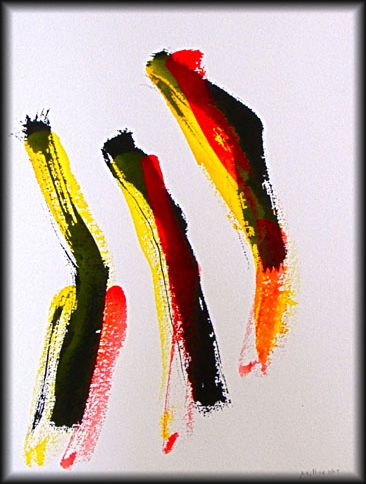
Image as Armature
My work, although mostly non-objective, is grounded in the material world, from landscapes to astronomical objects, including those in the invisible range of the spectrum. I sometimes find representational paintings interesting to do. I don’t, however, think of them as subject matter, but as aids to the viewer – with the images functioning as an armature for the painting.
Forms are arbitrary. Objects of sensory perception are, of necessity, tangible phenomena
In Walter Benjamin: an Introduction to His Work and Thoughts (2004 in German, 2010 in English), Uwe Steiner gives a description of Benjamin’s discussion of Critique of Pure Reason, in which Benjamin quotes Kant to the effect, “ . . . ‘that all speculative knowledge is limited to objects of experience,’ and that we can have knowledge of things only insofar as they present themselves as objects of sensory perception, that is, as tangible phenomena.”
Berkeley art majors were required to take, among other classes, Line and Form, and Form and Color. One of the objectives of these courses was to enable students to understand that a form has a distinctively visual function – most easily apprehended in compositional terms with respect to its relationships or interactions with other forms, lines, and with color. Forms do not necessarily convey meaning or posses content.
A form can manifest, or represent, shape, or space. It can have color, either enclosed in it, or as in the open color of Raoul Dufy, a form encompassed by a line might be one form, and an area of open color partially occupying the delineated form might constitute a separate form, overlapping the outlined form, resulting in a complex intersection between two forms – one defined by an outline – the other defined by an area of color.
The above watercolor grew out of drawings of scrub oaks I made at the foot of Venado Peak, a 14,000-foot mountain north of Taos, New Mexico. The painting, at a considerable remove from the initial drawings, is unmediated by representation or narrative.
I often include in a painting a visual referent based on those drawings. The paintings are non-representational and the motif, while elicited by scrub oak sketches, is based on the madrone tree, a broad leafed evergreen found in coastal areas of the Pacific Northwest, California, and northern Mexico.


